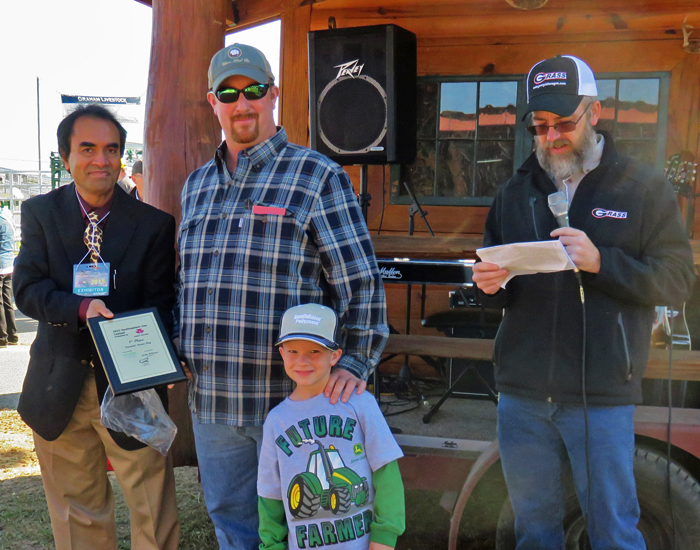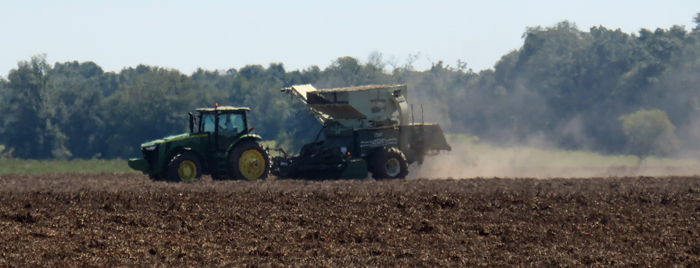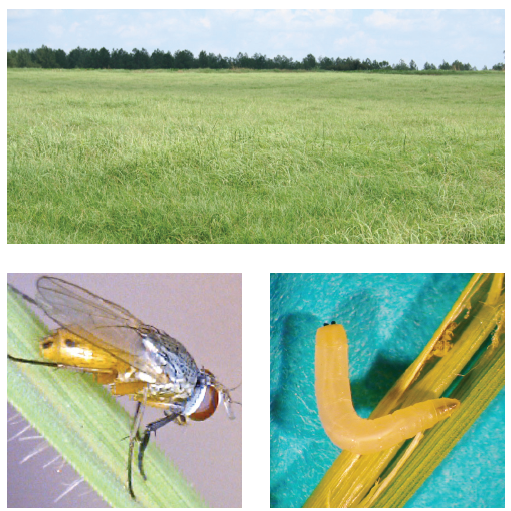
by Doug Mayo | Oct 23, 2015
The Southeastern Hay Contest winners were announced this week. There were 375 total entries in the contest this year (185 in 2014). Hay and baleage samples were ranked based on their Relative Forage Quality score (RFQ). The contest was divided into seven...

by Doug Mayo | Oct 9, 2015
Our hearts are saddened by the preliminary reports coming from South Carolina after more than a week of constant and heavy rains in the region. Hugh Weathers, South Carolina Commissioner for Agriculture issued a preliminary report from initial damage assessments:...

by Russ Mizell | Aug 7, 2015
Bermudagrass hay farmers need to scout their fields for Bermudagrass Stem Maggots. I just discovered a big infestation here at the North Florida Research Center (NFREC) which is first one in two years in North Florida that we are aware of. Also, Liza Garcia has been...
by external | Jun 12, 2015
Dennis Hancock, UGA Forage Extension Specialist There is a great misconception that once hay is “dry” and baled it is plain and devoid of life. The truth is that hay is never completely dry, and it is full of microscopic life. If the hay is not dry enough, those...
by John Doyle Atkins | May 8, 2015
Dogfennel is one of the most commonly occurring pasture weeds in Florida. University of Florida Weed Specialists, Brent. Sellers and Jay. Ferrel developed a publication specifically to address this troublesome pasture weed. Dogfennel (Eupatorium capillifolium) is an...



